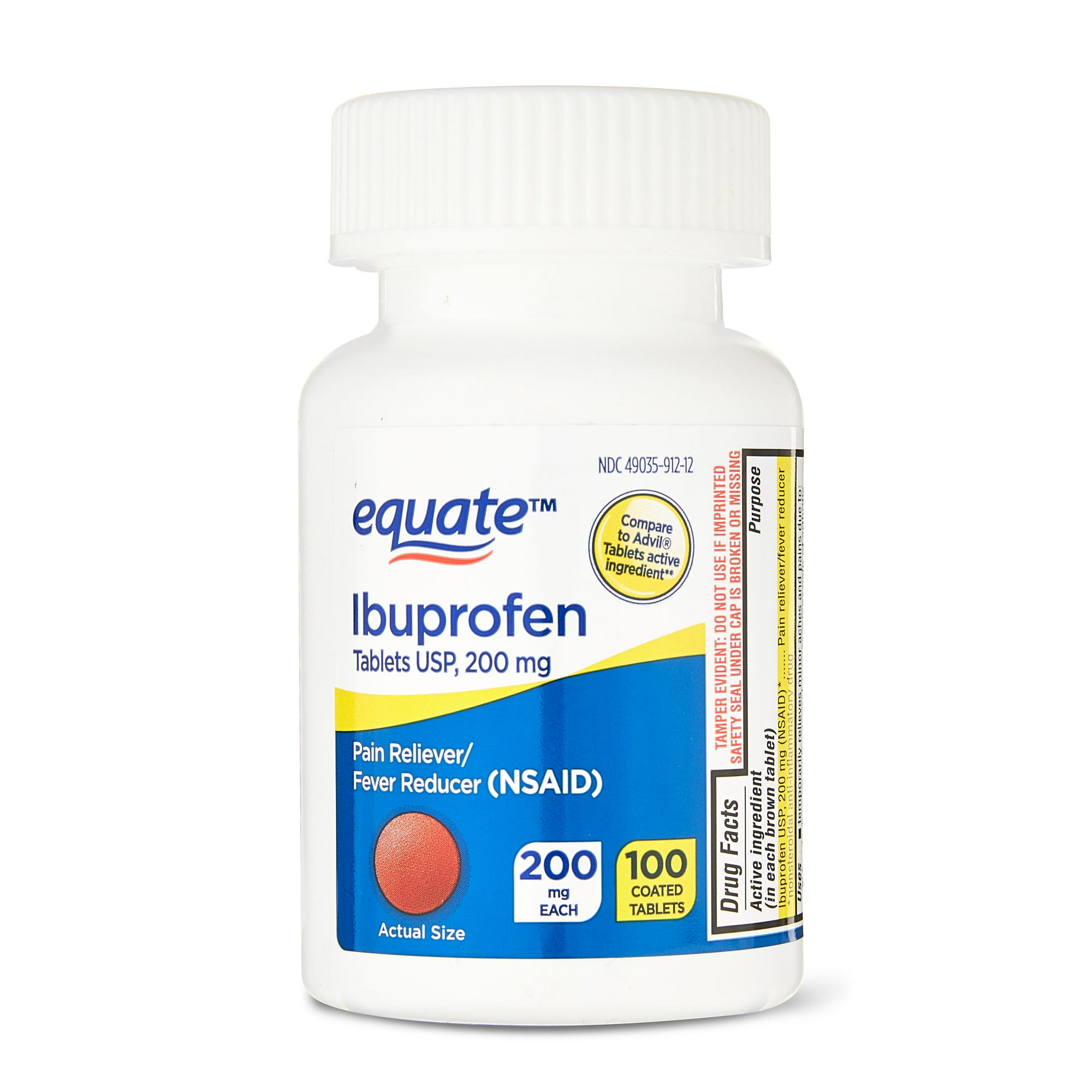What are the symptoms of sialadenitis?
Sialadenitis is an inflammation of the salivary glands, and its symptoms can vary depending on the severity and cause of the condition. Common symptoms include:
- Pain and Swelling: Affected salivary glands may become painful and swollen, often noticeable near the jaw or under the ears.
- Redness: The skin over the swollen gland may appear red or warm to the touch.
- Dry Mouth: Reduced saliva production can lead to a dry mouth and difficulty swallowing.
- Fever: Some individuals may develop a fever as the body responds to the infection or inflammation.
- Pus Discharge: If the inflammation is caused by an infection, pus might be present and may discharge from the duct of the affected gland.
- Bad Breath: Infected or inflamed glands can cause bad breath due to the accumulation of bacteria or pus.
- Tenderness: The affected area may be tender or painful, especially when eating or touching the area.
If you suspect you have sialadenitis, it’s important to consult a healthcare provider for an accurate diagnosis and appropriate treatment.
What are the causes of sialadenitis?
Sialadenitis, or inflammation of the salivary glands, can be caused by various factors:
- Bacterial Infection: Bacteria such as Staphylococcus aureus, which can lead to conditions like acute bacterial sialadenitis, are a common cause. This infection often occurs when the saliva flow is obstructed, creating an environment conducive to bacterial growth.
- Viral Infection: Viruses like mumps, which can cause viral sialadenitis, often lead to swelling of the salivary glands. Other viruses, such as those causing the common cold or influenza, can also contribute.
- Obstruction: Salivary stones (sialolithiasis) or mucus plugs can block the ducts of the salivary glands, leading to inflammation and infection.
- Autoimmune Disorders: Conditions like Sjögren’s syndrome, where the immune system attacks the salivary glands, can cause chronic inflammation.
- Dehydration: Insufficient fluid intake can reduce saliva production, increasing the risk of infection and inflammation in the salivary glands.
- Trauma or Injury: Physical trauma or injury to the salivary glands can lead to inflammation and infection.
- Medications: Certain medications, especially those that reduce saliva production, can contribute to sialadenitis by creating a dry mouth environment.
- Systemic Diseases: Conditions like diabetes or systemic infections can predispose individuals to sialadenitis.
If you experience symptoms of sialadenitis, it’s important to seek medical attention to identify the underlying cause and receive appropriate treatment.
What is the treatment for sialadenitis?
The treatment for sialadenitis depends on the underlying cause and severity of the condition. Here’s a general approach:
- Antibiotics: If bacterial infection is the cause, antibiotics are prescribed to combat the infection. The choice of antibiotic depends on the specific bacteria identified.
- Hydration: Increasing fluid intake helps to stimulate saliva flow, which can help clear out any obstruction and reduce the risk of infection. Drinking plenty of water is often recommended.
- Sialogogues: These are substances that stimulate saliva production, such as sour candies or lemon juice. They can help relieve symptoms and promote drainage of the affected gland.
- Warm Compresses: Applying warm compresses to the affected area can help reduce pain and inflammation and encourage saliva flow.
- Massage: Gentle massage of the affected gland can sometimes help relieve discomfort and promote drainage.
- Pain Relievers: Over-the-counter pain relievers like ibuprofen or acetaminophen can help manage pain and reduce inflammation.
- Surgical Intervention: If there are salivary stones (sialolithiasis) causing the obstruction, procedures to remove the stones may be necessary. This can include techniques like sialendoscopy or, in some cases, surgery.
- Treatment of Underlying Conditions: If an autoimmune disorder like Sjögren’s syndrome is the cause, treatment will focus on managing the underlying condition with medications and lifestyle changes.
- Avoidance of Certain Medications: If medications are contributing to dry mouth and sialadenitis, your doctor might adjust the medication or provide alternatives.
- Oral Hygiene: Maintaining good oral hygiene is important to prevent further infection and complications.
It’s important to consult a healthcare provider for an accurate diagnosis and appropriate treatment plan tailored to your specific condition.

Leave a Reply
You must be logged in to post a comment.